🎹 UPDATED REVIEW – Jan 2, 2023 | The ONE Smart Piano (digital piano) | $1099 internet price | Is this piano worth the money? Although the ONE smart piano has some nice features, there are better digital piano options out there for the same or less money when it comes to a more realistic piano playing experience. Many people all around the world want to play piano and it’s a great thing to do and a big passion of mine. With all the music in my family and how much of a blessing that has been for all of us, I encourage everybody to learn to play piano. There is a digital piano out there called The ONE Smart Piano and in this review I will be referring to this instrument as The ONE.
Why is this digital piano called The ONE? It’s my best guess that the makers of this piano want it to be the one piano that helps you really learn to play piano and do it faster along with having more fun while you are learning as compared to all other digital pianos in its price range. Learning to play piano, however, requires a lot of effort, motivation, and a certain amount of training with some one-on-one help, regardless of what anyone may otherwise tell you. So after playing this piano many times, I have written this unbiased, in-depth review to help you understand what this somewhat unusual product really is. Is it worth the money?
The first thing that needs to be considered is the piano itself. In other words, what is the One Piano? The ONE is a digital piano that has been out a number of years already and can be found at just a few stores on-line such as Guitar Center. This piano has just ONE piano sound built in, one adjustable electronic metronome function, an on/off power switch to the right of the keyboard, 2 headphone jacks underneath the piano (which is good), and a USB to device connection on top of the piano all housed in an attractive imitation satin black walnut cabinet (pictured above) and is also available in satin white. Both cabinet finishes come with 3 built-in piano style pedals and a sliding key cover.
The stereo piano sound in this model was supposedly recorded from an acoustic grand piano like many of the other brands and models which are done that way. Although the piano sound (which is in stereo) is somewhat basic, I actually liked it and it’s not bad at all, although it is no better, and in fact not as realistic as the basic portable 88 weighted-key digital pianos offered by Yamaha & Casio such as the new Yamaha P-125 ($699 internet price) or the Casio PX770 ($899 internet price). In other words, although The ONE piano sound on this piano is definitely acceptable for beginners and maybe for piano players who just don’t have much experience with real acoustic pianos, it’s not anything special and nowhere close to the authenticity of other digital pianos in this price range when it comes to realistic organic quality piano sound.
The key action of The ONE is a 88-key piano style weighted action which is actually OK in terms of its key weight and movement and overall I do like it, but it is definitely not a grand piano key action as advertised by them. The key action moves and responds more like an acoustic upright piano (which is fine), and although the white keys move pretty nicely, the black keys do not. They are heavy and stiff to push down and not at all like a real acoustic piano. The heavier weight and resistance of the black keys can create a fatiguing situation for the player (as they progress in their playing ability) and this key weight is something which unfortunately cannot be altered. Some people may see extra resistance in the keys a good thing, but not when it’s this much stiffness and not when that weight (resistance) is out of balance with the weight resistance of the white keys.
The ONE has 3 piano pedals which physically move (more or less) like an upright acoustic piano. They are nickel plated, look attractive and function OK. However, there are a couple of issues that bother me with regard to the pedaling and one of those issues is that the pedals themselves are too high off the ground as compared to many name brand digital and acoustic piano pedals. This may not seem like a big deal but it does cause the foot to get somewhat fatigued as the ankle and foot needs to start from a higher level in pushing the pedals down, and for me, that higher angle is just not comfortable , I can play on almost any piano pedals and do well, but it doesn’t mean I like it, and on this one I really don’t like that higher position. Even though there are three pedals, pedaling involves primarily using the right pedal when sustaining a note or multiple notes.
The speaker system in The ONE is good with 50 watts of power and produces a fairly loud tone. But even with 4 speakers (2 small & 2 larger) and 50 watts, the quality of the sound is just OK as compared to other digital pianos I have played in this price range and the sound is a bit muffled and mid-range without a lot of clarity. I did expect the 50 watts of power to be a bit louder and fuller than it actually was, and in fact, it is no louder than the slightly smaller 40 watt speaker system in the Casio PX870 ($1199 internet price). So it’s not about the so-called wattage power rating or speaker quantity, but in the audio world it’s about performance, component quality, decibel levels, and other audio aspects that creates a better piano playing experience and overall volume . In reality The ONE sounds much better through a good pair of good headphones, but that’s also true of other brands and models.
The ONE is touted by this company as being the best digital piano in its price range to learn to play piano. Actually what really sets this piano apart from all others in this price range is a set of nicely hidden red & blue LED lights which are underneath a black plastic strip above the keys. These lights are activated by learning programs that reside in a special tablet App called The ONE Smart Piano App. I connected my iPad Air to The ONE using a supplied connecting cable from the piano to my iPad Air. The ONE has a clever small flap in the top of the piano behind the music rack which hides the connecting jack for an iPad/Android device. You
just connect the cable to this USB input and run the cable around to the front of the music rack and plug in your device.
As for the App itself, that’s where everything happens. The ONE Smart Piano App has functionality which shows sheet music from digital lesson books which include standard practice methods, classical music, and Ragtime, among others, and allows the songs or practice drills to be played at any speed you choose within the App. Also, the playback note on the iPad/Android sheet music along with the follow along lights on the piano will pause and wait until you to press the correct piano key, if you choose to do it that way. This is a very useful training method but is not new to the follow along light systems such as what Casio keyboards and some Yamaha pianos have available. As the song plays in The ONE App and the music is being displayed on your tablet, there are color marks that highlight each note on the music which is playing back
so that you can see where you are on the music at all times.
As I just mentioned, following along with built-in lights on pianos is not new and has been used in pianos and keyboards in the past years including a number of lower priced Casio models. Yamaha currently uses follow-along lights on some of their latest digital pianos and all of the controls are on the pianos themselves, but those instruments start at about $4000 and go up from there, so they are not cheap! The difference here is that The ONE Smart Piano is in a much lower price range but is also completely dependent on its App and the digital lessons to send the timing and placement of the note in an electronic signal for the proper light(s) on the piano to
light up when the notes are being played in the music.
Also in the App are video lessons given by a professional piano teacher by the name of Joseph Hoffman. I happen to personally know this teacher on a professionally basis and he definitely knows what he’s doing when it comes to piano lessons and performing. Joseph has put together an extensive video course of piano lessons for beginners (on up) of all ages and the lessons are well done, easy to follow, and instructive, and best of all…FREE. His teaching method is a step by step process in learning to play piano and understand the fundamentals including fingering and position, hand and note exercises, technique, rhythm & timing, key movement, and music theory among many other things. Joseph makes his video lessons available to the general public and anyone with a computer or tablet can download them, so you do not need The ONE to get his lessons.
The ONE Smart Piano App also provides access to popular current and classical songs (at a cost) and there are some video tutorials as well a visual non traditional method of playing (more of a game mode) which displays vertical color bars in various lengths that drop down in a waterfall effect on the appropriate virtual piano keys. The moving color bars define the rhythm and timing of the song and is similar to Guitar Hero and Piano Magic and those Apps/programs use a comparable way of displaying a quick non-music method (game style) of playing notes on the keyboard. This can be a fun way of playing keys and having the result be recognizing a particular song without having to actually read music.
However, this type of game is available on other Apps as well, although they are not tied into the follow along lights on the piano.
Within the Smart Piano App is also a special digital instrument sound library which offers access to 128 different instrument sounds that can be activated and played by simply selecting a instrument on your tablet touch screen from the list including strings, electric pianos, brass, winds, guitars, and other instruments, and then when you play keys on The ONE piano, that sound will play. This is a very nice feature and allows you to have access to more than just the one piano sound in The ONE piano. You can hear these instrument sounds individually or layered together with a piano sound coming through the speakers of the piano. You can also split two sounds and have one on each side of the keyboard
such as piano on the left and harpsichord on the right.
A very cool feature of The ONE that I find quite useful is the ability of the USB cable connected to a tablet to transmit audio data directly into and through the piano speakers. This means that unlike a traditional USB/MIDI cable connected to a digital piano that doesn’t transmit audio signals, the audio portion from any app in a tablet, phone, or other device can be heard through The ONE piano speaker system because of their upgraded USB connectivity. If you want to hear and play along with your iTune song library from your iPad or iPhone going through the piano, you can do that without the need for any an additional audio cable connection. However, the one drawback is that when you play iTune songs from a device connected in this way instead of through a regular audio cable plugged into an audio input in the digital piano (assuming it has one), that device (iPad, etc) volume control will not work at all and you are limited to using only The ONE master piano volume control.
As far as the piano cabinet construction and design goes, as I mentioned near the beginning of this review, the cabinet looks fairly attractive and has front legs on it as well. It has a back privacy panel which goes approximately half-way up the back of the piano which is about normal for a variety of digital pianos in this price range and is nice to have. The piano itself is made of particleboard also known as MDF pressed wood, with a photo-paper vinyl veneer over that board which gives the piano its imitation satin black walnut (or satin white) appearance. But make no mistake about this cabinet…it is not “solid” wood, solid core wood with real wood veneers, or any other kind of real wood as you
might be led to believe otherwise by The ONE web site.
Here is what you should know when shopping for a digital piano and especially with regard to The ONE. Piano lessons can be expensive and if you are paying for more than one person taking lessons (child or adult), then the cost can be prohibitive for some people if taking traditional private lessons. In some areas in the US and in many other parts of the world, access to pianos and lessons is very costly and fewer families can afford it. So coming up with a cost saving solution with regard to the cost of lessons is a very good thing…and I fully support it for people who need to stay within a lower budget. I am a long time piano instructor in group and private lessons and have taught thousands of children and adults over the years and obviously know what it costs them for lessons. One
student taking a 1/2 hour lesson once a week from a qualified teacher for 1 year currently averages approximately $80-$100 per month in the US whether you are taking lessons in person or on-line as many people are doing now.
The ONE piano company obviously has a goal of getting more people involved in playing music on their new piano by using the follow-along light method coupled with their proprietary APP that you download for free once you have purchased their piano. The upside to all this is that The ONE is FUN. You can watch and listen to the music, hear vocal help with which finger to use when following the lights, and have control over the song speed, volume, and other aspects of practice and playing. So in the beginning it would seem as if The ONE was indeed the one:). But as fun, useful, and motivating as it all might seem, there is one thing that I cannot escape and that is…the follow-lights are just above the keys, which may seem good, but also may not be good. To see the lights you must look down at the keys and that may seem OK…but in the long-run it is not OK.
A big issue I have with The ONE is that it is just a very basic digital piano with no built-in options other than one piano sound and a metronome. Given that it only has one piano sound on it (apart from what the App offers) and that one piano sound is not near as authentic as compared to the name brand pianos such as Roland, Casio, Yamaha, Korg, and Kawai in this price range, then you are really paying a lot of money for the app and getting a very average digital piano for the price which includes the pedaling and overall key action just being OK. The difference is, of course…the ONE App. So what you really need to ask yourself is…”what is this ONE App worth to you?”
A more practical alternative in my opinion would be to purchase an upgraded top name brand digital piano for approx $1000-$1500 that would allow for a more realistic piano playing experience such as almost any new digital piano in that price range from Yamaha, Casio, Korg, Roland, or Kawai. Any of those pianos would take the student much further into the future in terms of having a more authentic piano playing experience and growth potential. But what about the lesson/learning/fun side to all this? Well, I am glad you asked that question:). One of my favorite iOS piano learning Apps right now is Piano Maestro by Joy Tunes and this App is much more visually exciting (colorful with great graphics and characters for all ages (even me), offers more motivational content, piano practice, playing, cool song and lesson libraries, as well as offering full control over your lessons like tempo adjustment, volume, etc, and has game modes that gives you scores and results on the way you played the song. In fact, if you had a good practice session with one of the lesson songs, the virtual audience claps for you:).
Beyond that, the Piano Maestro song accompaniments themselves are much more musically motivating, in my opinion, and have full orchestra and band arrangements with their music lessons which The ONE App does not have. Piano Maestro also offers the famous teacher recommended Alfred piano books (I know many teachers who use Alfred in their studios) from some of their best selling children and adult curriculum. This is something not available in The ONE App.There is a cost to using this Piano Maestro App over a period of time but that cost is only approx $60 per year and you get access to all of what this lesson app offers. Piano Maestro is a
MIDI App so all you need is a MIDI/USB digital piano and the App will respond to the input from the keys on your digital piano, regardless of the brand and model.
mentioned. There’s also another USB/MIDI App which is very popular called Synthesia (left pic). This App offer the same “waterfall style” learning system that’s in The ONE App, but with more flexibility and available songs. Synthesia has been out for awhile and is the most popular App by far which allows for a beginner through advanced player to play a song of their choice and have the music highlighted while it plays and set the music to wait for you until you play the note correctly.
is that there are other iOS/Android Apps out there which can recreate some of the the cool features of The ONE App, but that will work with any USB/MIDI digital piano…as long as you realize there are no LED lights to look at on your piano keys. Also good to know and remember is that all of the good apps (including The ONE App) offer a large library of popular and classical music from Hal Leonard publishing, Alfred, Faber, and other song and lesson curriculum publishers which will cost you money. The charge for those songs are approx $2 to $4 per song depending on the song popularity, along with other factors.
In the final analysis, if you do want a follow-along light up instrument then I would also recommend considering the 61-key keyboard version that this company offers called The ONE Light. It uses the same ONE App but you purchase & play a keyboard with spring-loaded keys instead of the piano version. A keyboard is not my preference (because of the lightweight spring key action) but if you just love the idea of the ONE Smart Piano App and the follow lights, you can do it for a lot less money with their LED light
keyboard ($263 internet selling price), and have a great time. Then when you are feeling more confident about your playing and commitment to music, you can move up to a real (better) digital piano and use other apps if you still want to do that.
Don’t get me wrong, overall I like The ONE digital piano and it’s an interesting fun concept, although as I say, I’ve seen this light system on other keyboards and digital pianos, but not combined with an educational App. The ONE is musical tool for getting motivated to learn piano and have musical fun…and I am all about supporting that effort. But…I also have to be honest…The ONE piano as a piano is somewhat overpriced for what it is (minus the lights and App). I would also suggest that you could get a much better digital piano with many more useful features built into the piano for the same or more/less money and combine that piano with other USB/MIDI lesson Apps that you can choose from in the App store
including music game Apps, video piano lessons, and extra sounds if needed, which would give a person more flexibility in my opinion, When you don’t want or need the App(s) any longer or want to take a break from them, you still have a better piano as an alternative to The ONE which will, as I have already mentioned, likely take you much further as a better piano and offer a more realistic piano playing experience.
Finally, a real live qualified and enthusiastic piano teacher is definitely the best way of learning to play in my opinion (along with some good apps on your tablet) because the teacher can obviously monitor and motivate you in a personal way and it’s difficult to replace that experience in other ways. The bottom line is…if you think The ONE digital Smart Piano or Keyboard is the best piano lesson and learning solution for you, then you should buy it, because at the end of the day…it’s your money and your decision and I support a person’s efforts in getting themselves and their family involved in playing music:). After all, without music in a person’s life in some way, no matter how old or young you may be, I believe they are missing an important element of life which can never replaced.
*A very good alternative to The ONE piano in its price range is the newer Casio AP-470 home digital piano ($1699 discount price). The AP-470 offers a much more authentic piano playing experience than The ONE piano because of its more advanced piano sound chip engine, noticeably more responsive & expressive key action, and much better pedaling sustain response. The AP-470 also has a USB output to connect the piano to an iPad, Android, computer, etc, so you can experience a vast array of 3rd part piano educational apps that in most ways are superior to the proprietary Smart Piano app that comes with The ONE piano.
If you want more info on new digital pianos and LOWER PRICES than internet, Amazon, store discounts, please email me at tim@azpianowholesale.com or call direct at 602-571-1864.
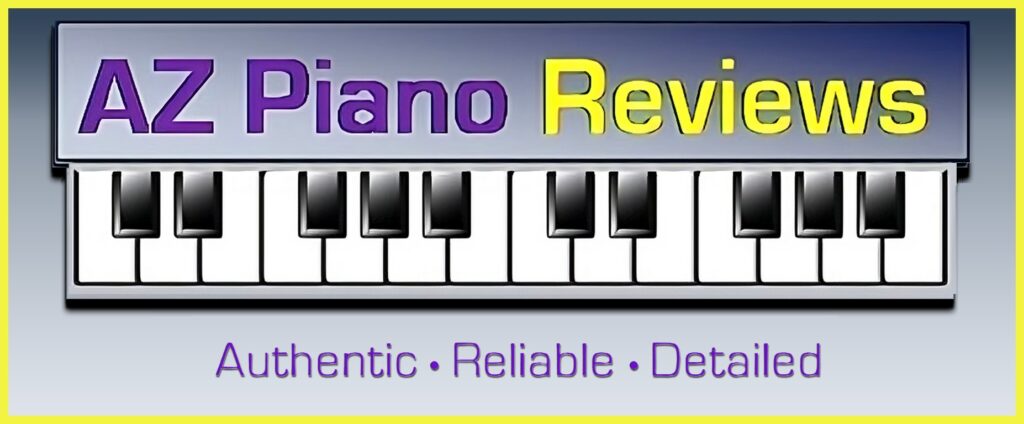





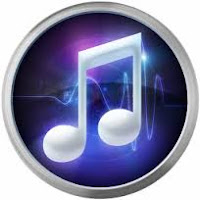

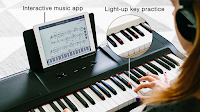



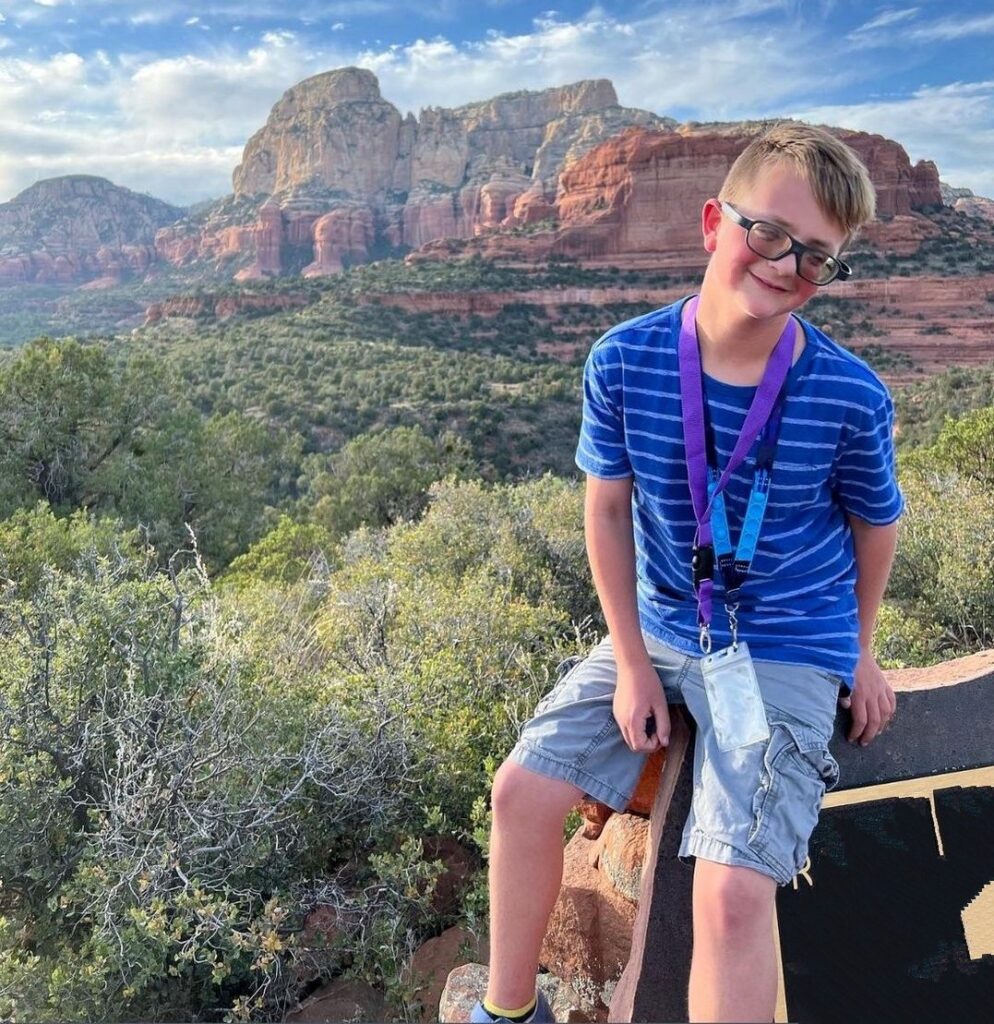
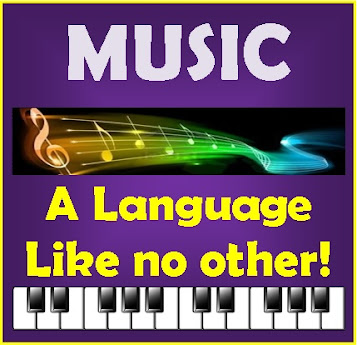
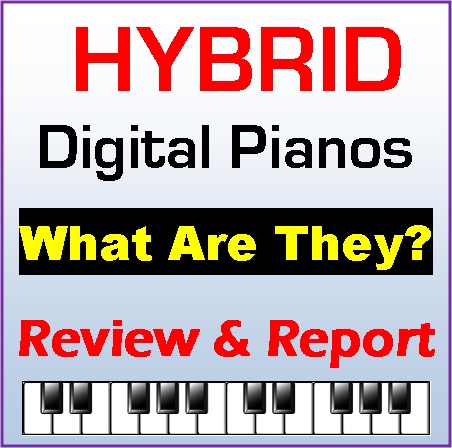
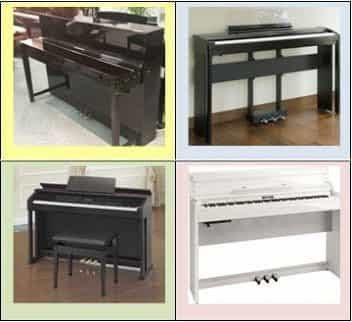
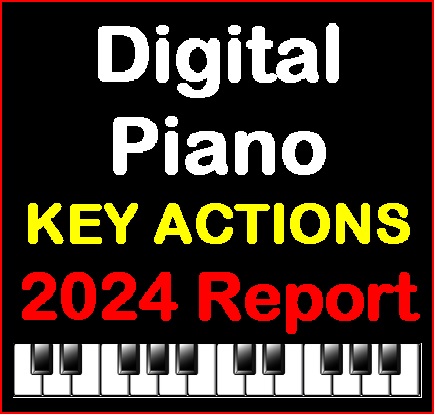
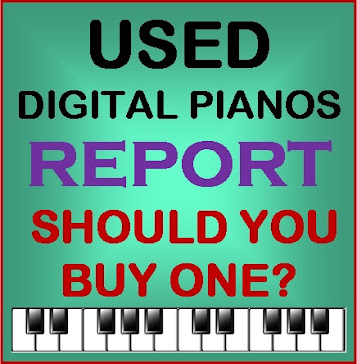
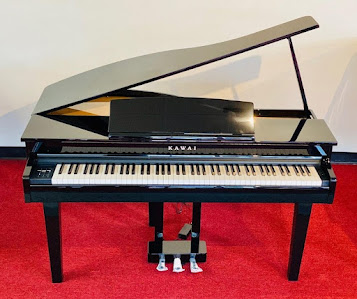
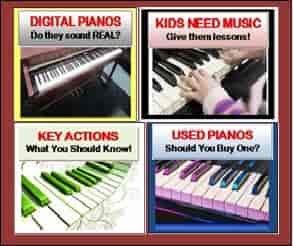
Thank you for your thorough and honest review.
I was seriously considering The One but after your review having 2nd thoughts. I'm music lover but a total beginner on the piano or any musical instrument (other than 2 years of tenor sax in HS – though I was s***!) What would you recommend for a digital piano that has great sound, attractive looking (looks like a real piano) will grow with me as a pianist, make it fun, and so on? Thanks,
Hi there.
Regarding the piano sound sample, do you think future software updates could make it better, or is it a hardware limitation?
Nice review, but I wouldn't be too hard on them regarding the mdf. Mdf is very popular in cabinet making. For those who don't really know, many, if not most kitchen cabinets, or even cabinets around the home, are made from laminated mdf and are never questioned. Mdf is made of real wood fibers held together by wax or resin and can actaully by quite strong. A true solid hardwood would add tremendous expense and weight to the piece, if done right. Sorry, your review shows great points regarding the piano, but I just wanted to clarify that for those who don't understand what mdf was.
I understand MDF construction and know it is better in many ways and common in digital pianos. However, for a long time the One Piano web site was claiming that their piano was all (solid) wood…which it is not. I talked to them about it as well so I just wanted to be sure that people were not mislead into believing the One Piano was something that it is not. Beyond that point, the construction itself seems to be good and equal to many other digital pianos, although the black wood tone vinyl outer layering is just OK.
At $1149 is it worth it?
in my opinion…no
Kawai kdp 110 or yamaha arius 184r what is a better option
There is very few review on that keyboard. Thank you a lot for yours. Even if i love the concept, the part on the action feel let me try another one (Yamaha p125, Kawai ES110, Roland fp30).